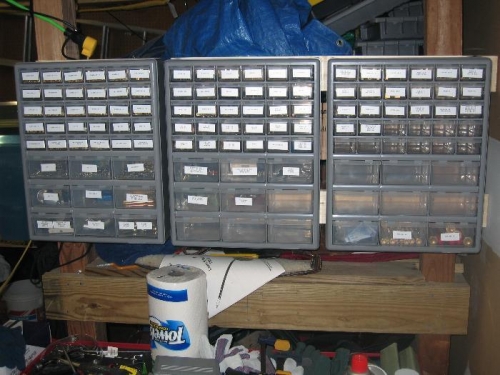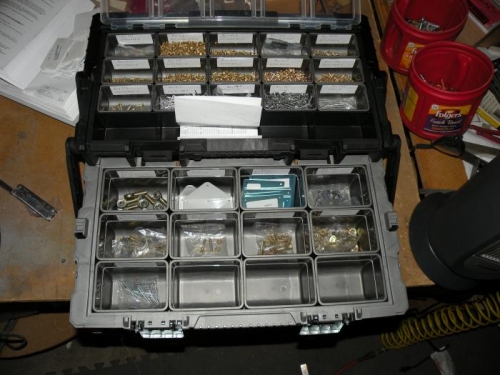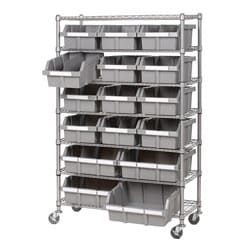rotoiti
Well Known Member
My emp kit arrived and I am half way through the inventory. Before I start building, I would like to get your opinion on time savers you may have found.
A time saver is where I can save some significant time for (maybe) some additional $$ upfront. Alternatively, something that should be done now (ie. battery mounts) as opposed to possibly being more time consuming later.
Both my wife and me have day jobs so neither of us can commit full time to the project, yet we would like to finish the project in a finite time
So far, the time savers I can identify are
- quickbuild wings/fuse (huge time saver I think)
- Cee Bailey's window kit
Are there any other time savers I should be aware of?
A time saver is where I can save some significant time for (maybe) some additional $$ upfront. Alternatively, something that should be done now (ie. battery mounts) as opposed to possibly being more time consuming later.
Both my wife and me have day jobs so neither of us can commit full time to the project, yet we would like to finish the project in a finite time
So far, the time savers I can identify are
- quickbuild wings/fuse (huge time saver I think)
- Cee Bailey's window kit
Are there any other time savers I should be aware of?










